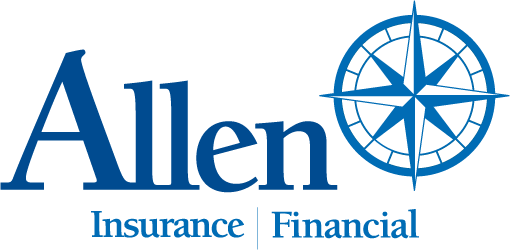
Dan Bookham
By Dan Bookham
For WorkBoat Magazine
You can’t escape the flood of articles on Artificial Intelligence (AI) and its impact across industries – so here’s my contribution. All kidding aside, AI is poised to transform commercial and marine insurance in profound ways, from underwriting and claims to customer service and risk management. For insurance buyers, understanding these changes is key to securing the best coverage and navigating the evolving landscape.
AI enables insurers to analyze massive datasets – claims history, sensor data, weather patterns, and even vessel inspection reports – to deliver more accurate and granular risk assessments. This leads to tailored, dynamic pricing that can benefit well-managed operations with lower exposure to adverse conditions.
On the claims front. AI is streamlining claims by automating key steps, from first notice of loss to damage assessment using image and video analysis. It also enhances fraud detection and speeds up settlements. In marine insurance, AI can analyze onboard CCTV footage in near real-time to determine causes of incidents and even predict risks like equipment failure or hazardous routes using sensor and weather data.
There’s also a huge operational efficiency play for insurers. Insurers are increasingly using AI for customer service – think chatbots and virtual assistants – as well as for fraud detection and automating repetitive tasks. This frees up human staff to focus on strategic work and improves overall efficiency.
All of this has pros and cons for you, the insurance buyer. However, the best way to take advantage of this massive industry-wide investment by insurers comes from being prepared to embrace change vs. taking a reactive (or reactionary) stance on what will be an inevitable revolution in the use of technology by your insurance company and- often- your broker.
But what does that mean for insurance buyers in practice? Simply, to benefit from AI-driven insurance, you’ll need to take a proactive approach.
Firstly, don’t be afraid to ask questions. If your premiums or coverage terms change, ask how AI influenced the decision. Understanding the factors behind AI-driven assessments is crucial. Alongside this, understand AI usage. When shopping for insurance, ask how the insurer or broker uses AI. This can reveal potential benefits like faster service or tailored pricing, but also areas to watch regarding data usage and privacy.
Regardless of technological changes, run a tight ship or a well-kept yard. AI’s ability to analyze risk in detail may lead to more precise pricing. Businesses with strong risk management and good data may benefit from competitive premiums, while those with higher risks may face tougher terms.
Above all, know your data. Understand what data your business collects (e.g., telematics, sensor data, operational metrics), ensure its quality, and be ready to share it with insurers. Provide context to highlight your strengths as a risk. At the same time, protect your data! As more data is shared and analyzed, ensure your business has strong data security and privacy measures. Make sure your insurer’s data handling policies align with your standards and regulatory requirements.
Finally, as always, seek expert advice. Allen Insurance and Financial – and other leading agencies – are closely tracking how these technologies are being deployed and what they mean for insurance customers. Working with knowledgeable brokers who understand AI’s role in the market can help you navigate changes, interpret new policy terms, and advocate for your best interests.






